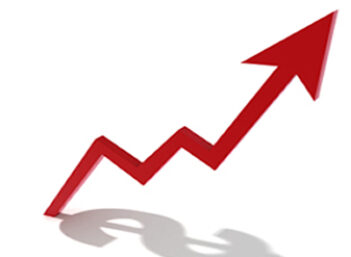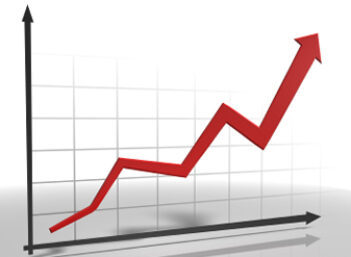Traders find success along many paths, but most follow discretionary or systemic trading rules. Discretionary traders buy and sell based upon what they think is going to happen in the markets. Systems traders follow predefined rules. While either can be profitable, novice traders are probably best served with a trading system.
The Difference Between Trading And Investing
An investor buys something that they think is undervalued after doing thorough research and intends to hold onto his purchase for a long time.
Traders buy with the intention of selling quickly to capture a short-term profit. Value is not always a consideration in the trader’s purchase decision. They usually rely on signals generated solely by the prices. By using fast computers and direct access to exchanges and brokers, some traders aren’t even aware of what they are buying and selling.
Traders also use more leverage than investors do. Leverage involves borrowing money to invest. Traders do this because it magnifies gains on the upside. Unfortunately, as many investment learned in the subprime mortgage meltdown, leverage can make losses catastrophic on the downside.
Trading also involves going long and short. Investors go long – they buy something for the long-term. To go short, a trader sells something they don’t own and then buys it back later. If prices declined since the purchase, they earn a profit. A loss results if the price went up.
The Story Of Famous Trader George Soros
Famous traders, like George Soros, are discretionary traders. They analyze the news and macroeconomic events and make decisions on how those things will impact the markets.
In 1992, Soros made more than $1 billion in a single day by shorting the British pound. He believed that the Bank of England had made a mistake when it joined the European Exchange Rate Mechanism in 1990. Certain that the central bank would be reluctant to admit its mistake and either raise its interest rates or lower the value of its currency, he sold more than $10 billion worth of pounds.
Eventually, deteriorating economic conditions in Great Britain forced the Bank of England to dovervaluedalue the pound, and Soros was proven right. He was immediately called “the man who broke the Bank of England.”
Two years later, he proved to be fallible. A similar bet on the Japanese yen resulted in a loss of about $600 million. While losses like this would end the career of many traders, it represented only 5 percent of Soros’ trading account and he survived to do battle with other central banks.
Trading Systems Follow Predefined Rules Rather Than Educated Guesses Or Feelings
This is their primary advantage. Few have access to the information or capital that Soros has, and with limited resources a system allows smaller traders to make decisions based solely on price. Removing the excitement of the market action from the decision process gives small traders a fair chance at being profitable.
While systems, when followed, can eliminate the emotional mistakes common to many traders, their primary disadvantage is that they require some leverage to deliver profits since they are usually aiming for smaller profits on each trade. This makes them well-suited to futures or short-term stock trading in margin accounts.
Key Components Of A Trading System
- Trade entry rules
- Position sizing rules to determine how much to bet on each trade (Position sizing rules are derived from gambling theory, so the use of the word “bet” is deliberate in this step)
- Exit rules for winning trades
- Exit rules for losing trades
Entry rules are based upon price. Traders often won’t be concerned with anything except price. An example of a rule may be to buy when prices reach a new 20-day high, or enter short when prices fall to a new 20-day low. Remember that the initial trade can be long (buying to enter the trade) or short (selling what you don’t own to enter the trade).
Position sizing means the amount to buy or sell on each trade. The reason for this is very simple – a single large loss can wipe out years of wins. All too often, traders become overconfident after a few wins and increase their trade size. When the inevitable loss occurs, given the leverage commonly employed in trading systems, an account can be destroyed.
Common rules to manage risk are to trade only 2 percent of your account equity on any single position. This guarantees a large cash reserve is available to cover losses, which will occur.
Failing to define exit rules for handling winning trades is a major problem with trading systems. To visualize this problem, think of how many people bought Internet stocks in 1999 and had large gains only weeks later. Some of these people are still holding their near worthless shares because they didn’t know when to sell and allowed hope to overcome logic in managing their portfolio.
A simple rule to exit winning trades is to sell whenever price falls more than 20 percent from a high since you entered the trade. While the stock might come back in price, very often it continues to fall. Systems traders don’t regret those possibly foregone profits because they are following their rules and are investing their profits somewhere else.
That same idea, selling after a 20 percent decline, can be used to exit losing trades as well. If you buy something and it immediately falls by that much, you need a 25 percent gain just to break irsen. Winners of that size are few and far between, and the market has already told you that you were wrong when the price moved so much against you.
That is the essence of system trading – listening to the market and never arguing with the market that you are right and the asset is mispriced. After all, traders realize it is better to make money than to be right.



